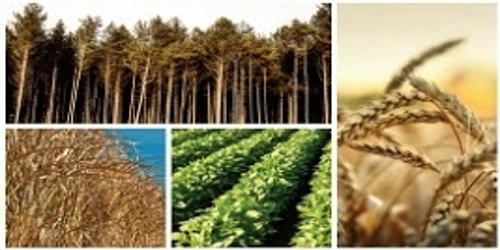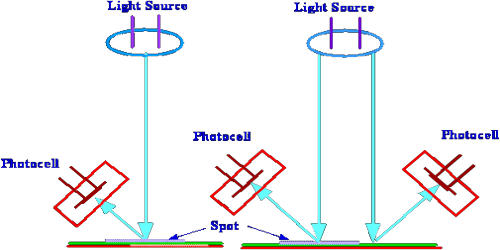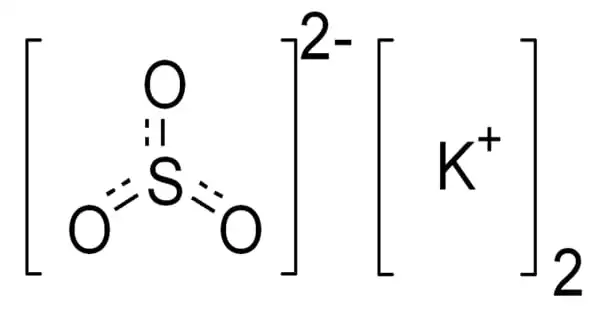Trees that are planted and managed for more than one purpose are known as multipurpose trees or multifunctional trees. These are trees that assist humans and the environment in a variety of ways. They may provide food in the form of fruit, nuts, or leaves that can be consumed as a vegetable while also providing firewood, nitrogen to the soil, or some other combination of numerous outputs. “Multipurpose tree” is a word used frequently in agroforestry, especially in tropical agroforestry where the tree owner is a subsistence farmer.
These trees are appreciated for their adaptability and capacity to provide a variety of needs, including food and wood production as well as environmental services such as soil protection and carbon sequestration. While all trees provide several functions, such as providing habitat, shade, or soil enhancement, multipurpose trees have a stronger impact on a farmer’s well-being since they meet more than one basic human need. Most multipurpose trees have a single purpose, such as being part of a living fence, a windbreak, or being utilized in an ally cropping system.
Here are some of the key benefits and uses of multipurpose trees:
- Food Production: Many multipurpose trees yield edible fruits, nuts, leaves, or other plant elements that humans or cattle can consume. Mango trees, coconut palms, and moringa trees are a few examples.
- Timber and Wood Products: Some multipurpose trees are cultivated for their high-quality timber, which may be used for construction, furniture, and a variety of woodworking applications. Teak and mahogany are two examples of such woods.
- Medicinal Uses: Medicinal characteristics of certain multifunctional trees are used in traditional herbal medicine. The neem tree, for example, is well-known for its therapeutic leaves, bark, and seeds.
- Fodder and Forage: These can provide valuable fodder and forage for animals, hence improving animal nutrition and agricultural output overall.
- Soil Improvement: Some tree species have deep root systems that can help stabilize soil, prevent erosion, and improve soil fertility. Nitrogen-fixing trees like acacia and alder contribute to soil fertility by adding nitrogen to the soil.
- Wildlife Habitat: These can serve as habitat for various wildlife species, supporting biodiversity and ecological balance.
- Carbon Sequestration: During photosynthesis, trees collect carbon dioxide (CO2) from the atmosphere and store it as carbon in their biomass. This contributes to climate change mitigation by lowering greenhouse gas concentrations.
Multipurpose trees are frequently integrated into agricultural landscapes in agroforestry systems and sustainable land management practices to optimize these benefits while encouraging environmental conservation and livelihood enhancement. The selection of tree species is influenced by local biological conditions, cultural preferences, and the community’s or landowner’s special demands.
















